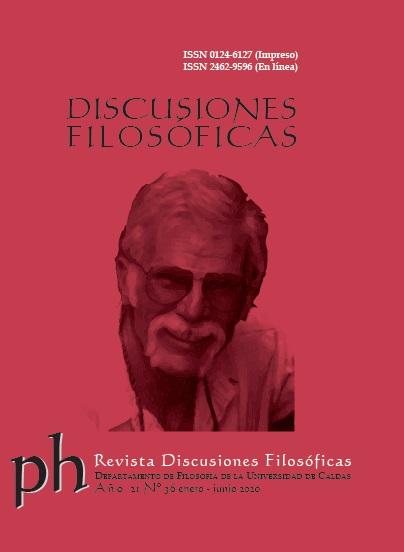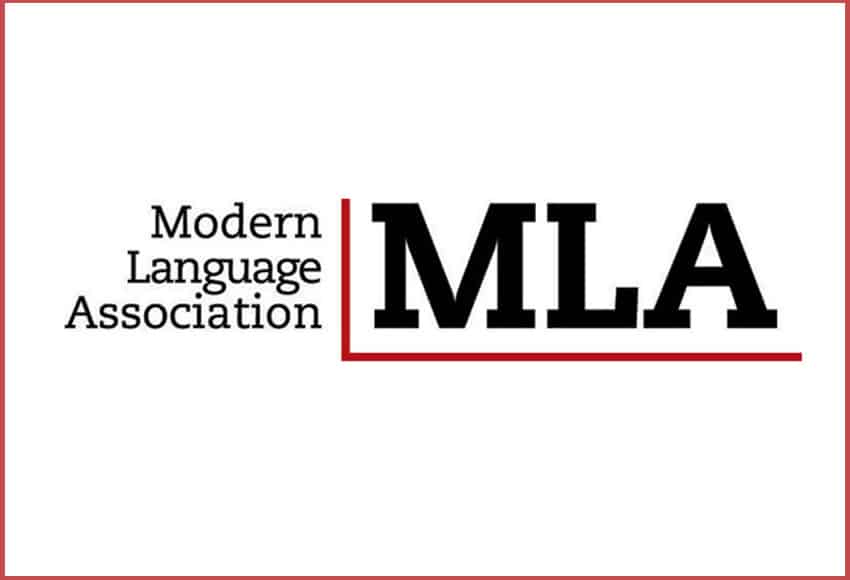Authors
Abstract
John Searle has advocated an intentionalist approach to the social, namely the idea that social reality is created and maintained by certain mental states and speech acts. In this work, we first present a detailed version of Searle’s intentionalist founding arguments based on the connection between collective recognition and language. In the second place, we offer a critique of these arguments, suggesting that they lead us to admit that the foundations
of social reality are more practical than representational.
References
Brandom, Robert. “A hegelian model of legal concept determination: the normative fine structure of the judge’s chain novel”. Hubbs, Graham y Lind, Douglas (Eds.) Pragmatism, law and language. New York: Routledge. 2014. Print.
______. “Some pragmatist themes in Hegel’s idealism”. Tales of the mighty dead (pp. 210-234). Cambridge, MA: Harvard University Press. 2002. Print.
______. Making it explicit: reasoning, representing and discursive commitment. Cambridge, MA: Harvard University Press. 1994. Print.
Chant, Sara, Hindriks, Frank & Preyer, Gerhard. (eds.) From individual to collective Intentionality: New Essays, Nueva York: Oxford University Press. (2014). Print.
Gilbert, Margaret. “Acting together”. Joint commitment: How we make the social world. Nueva York: Oxford University Press. (2014). Print.
Hornsby, Jennifer. (1997). “Collectives and intentionality”. Philosophy and Phenomenological Research. Jun. 57 (2). 1997: pp. 429-434. Print.
Kukla, Rebecca & Lance, Mark. Yo and Lo: The pragmatic topography of the space of reasons. Cambridge, MA: Harvard University Press. 2009. Print.
Lawson, Tony. “Comparing conceptions of social ontology: emergent social entities and/or institutional facts?” Journal for the Theory of Social Behaviour. Dec. 46 (4). 2016: 359-399. Print.
______. “A conception of social ontology”. Pratten, Stephen (Ed.). Social ontology and modern economics. New York: Routledge. 2015. Print.
Malinowski, Bronislaw. Crimen y costumbre en la sociedad salvaje. Barcelona: Planeta-De Agostini. 1985. Impreso.
Rouse, Joseph. “Social practices and normativity”. Philosophy of the Social Sciences. Mar. 37 (1). 2007: pp.1-11. Print.
______. How scientific practices matter: reclaiming philosophical naturalism. Chicago: University of Chicago Press. 2002. Print.
Sánchez Cuenca, Ignacio. “A behavioural critique of Searle’s theory of institutions”. Tsohatzidis, S. (Ed.) Intentional acts and institutional facts: essays on John Searle’s social ontology. Dordrecht: Springer. 2007. Print.
Searle, John, Ferraris, Maurizio & Condello, Angela. Money, social ontology and law. Nueva York: Routledge. 2019. Print.
______. Making the social world: the structure of human civilization. Nueva York: Oxford University Press. 2010. Print.
______. “Responses to critics of The Construction of Social Reality”. Philosophy and Phenomenological Research. Jun. 57(2). 1997: pp. 449-458. Print.
______. The construction of social reality. Nueva York: The Free Press. 1995. Print.
Smith, Barry. “John Searle: From speech acts to social reality”. Smith, B. (ed.) John Searle. Cambridge, UK: Cambridge University Press. (2003) Print.
Vicari, Giuseppe. “Collective intentionality, language and normativity: a problem and a possible solution for the analysis of cooperation”. Epkeina. 5 (1). 2015: 183-207.
Wilson, Robert. “Social reality and institutional facts”. Tsohatzidis, S. (Ed.) Intentional acts and institutional facts: essays on John Searle’s social ontology. Dordrecht: Springer. 2007. Print.
Zimmermann, Stephan. “Is society built on collective intentions? A response to John Searle”. Rivista di estetica. 57. 2014: pp. 121-141. Print.

 PDF (Español)
PDF (Español)
 FLIP
FLIP





























